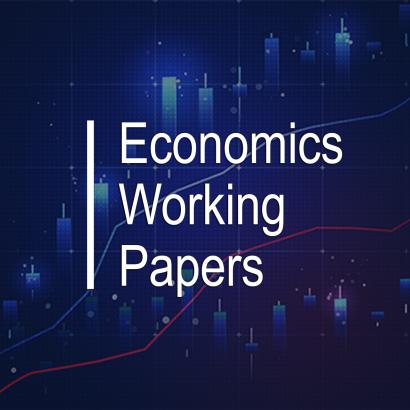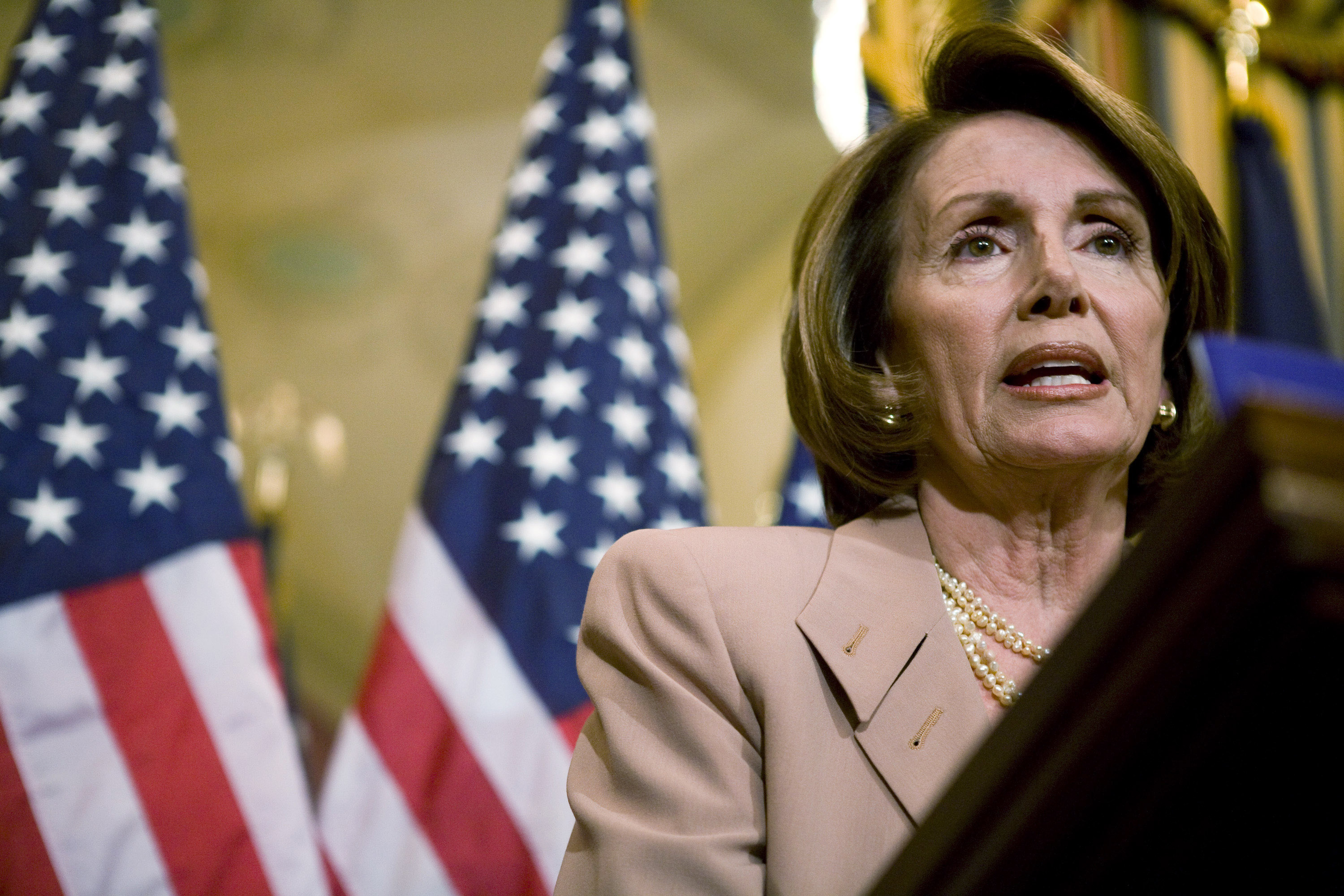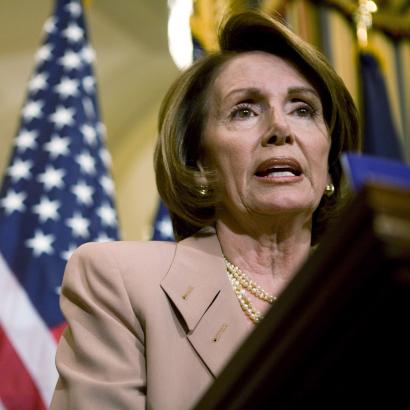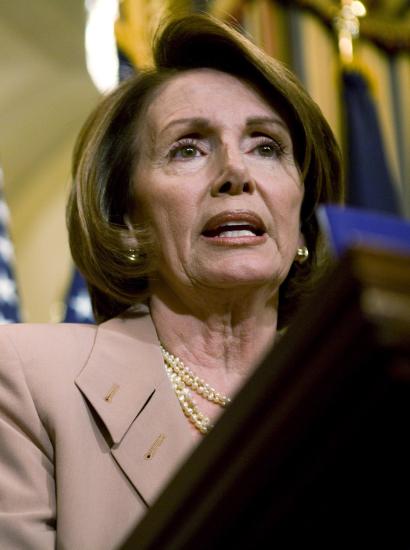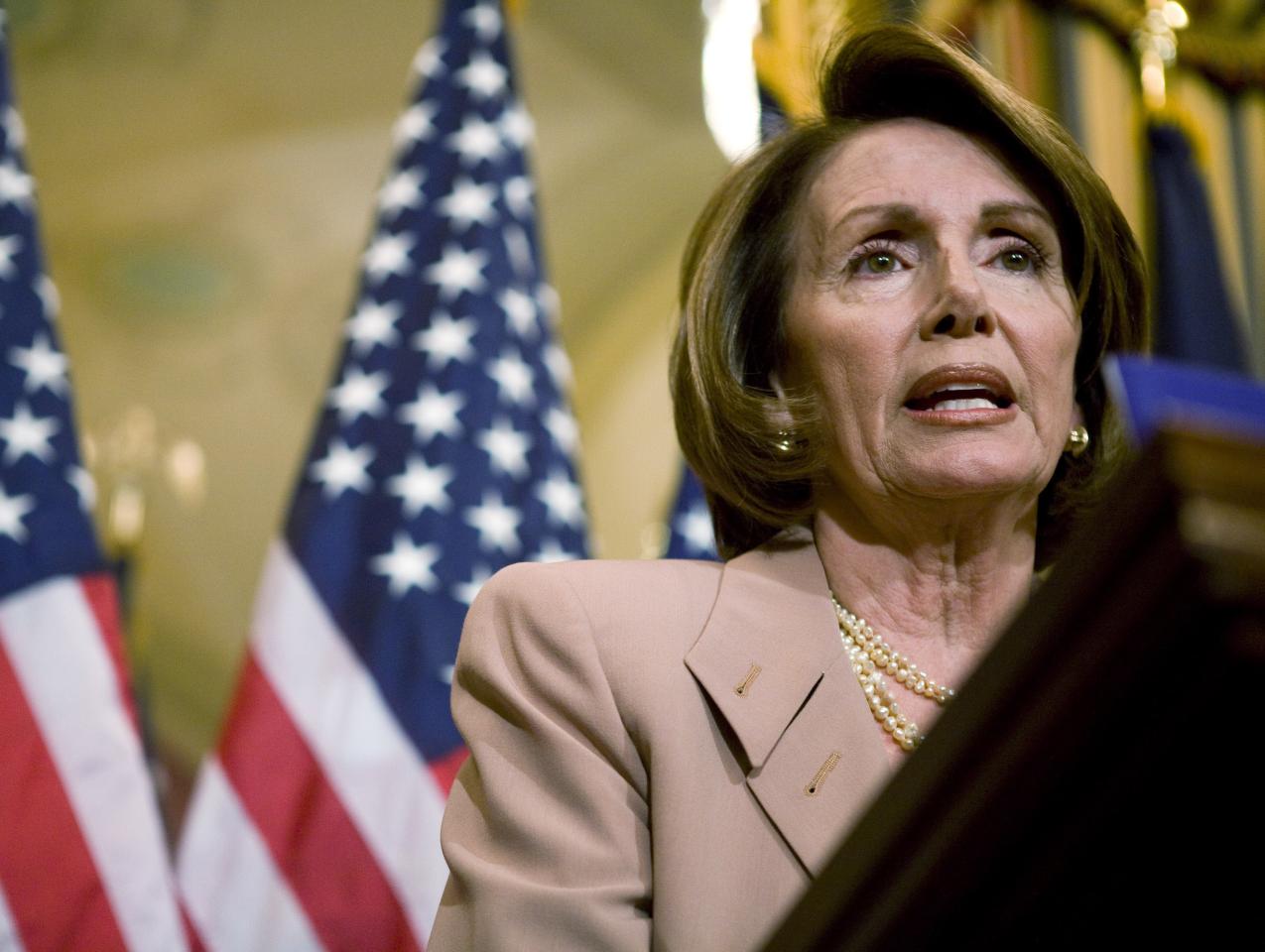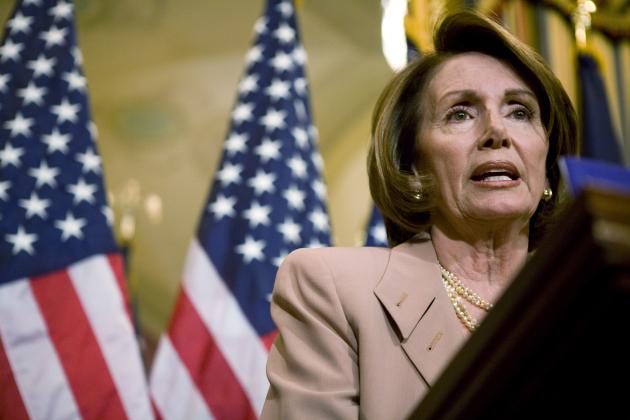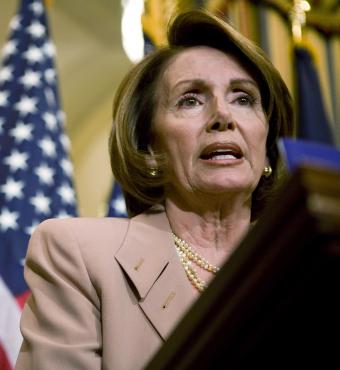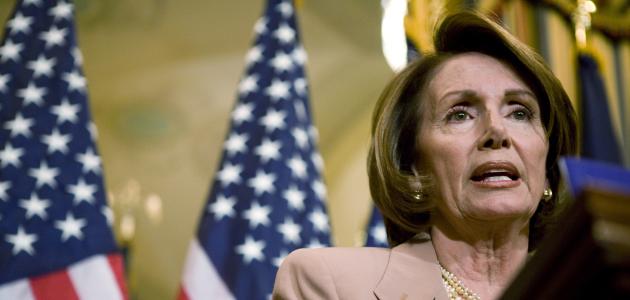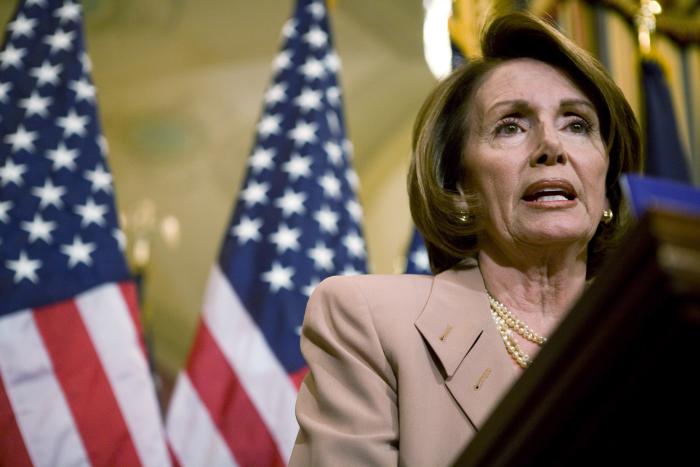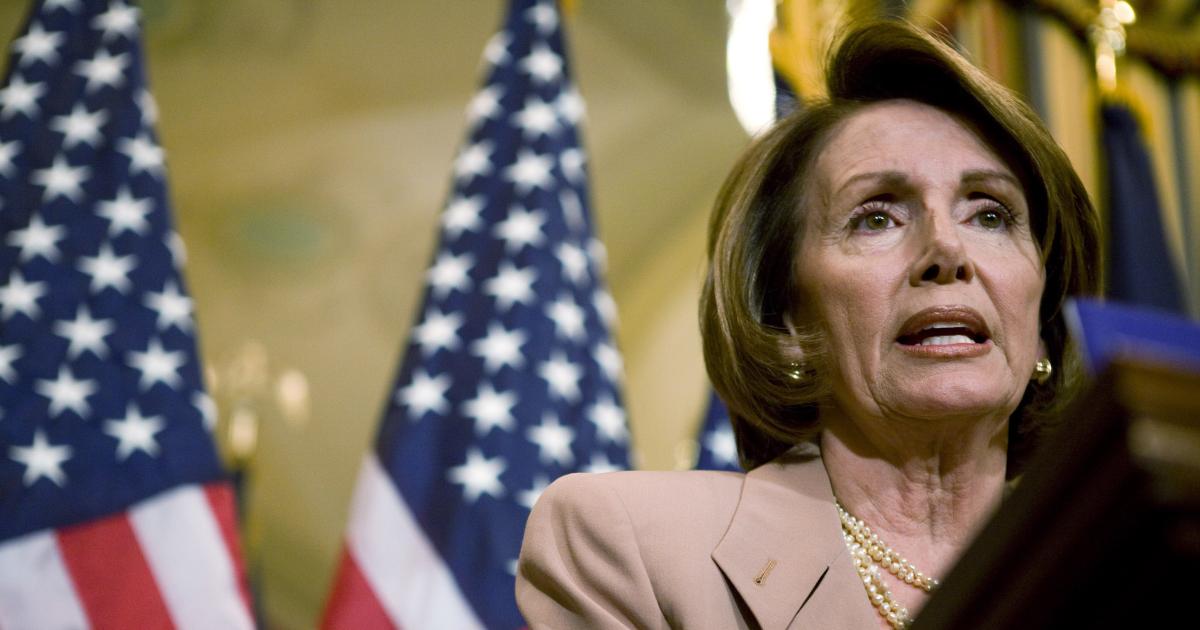- State & Local
- California
Seven years ago—coincidentally, the last time congressional elections were held in the middle of a Trump presidential term—California voters faced a quandary: whether to entrust then Sen. Dianne Feinstein with another six years in Washington.
It wasn’t an easy choice for some who saw Feinstein as a hallowed figure in local and national politics—for nearly three decades on Capitol Hill, a practitioner of problem solving rather than partisan grenade lobbing; prior to that, the embodiment of grace under pressure when, in November 1978, she became San Francisco’s acting mayor as the result of a double homicide in City Hall.
So why the reluctance for what was, as it turned out, Feinstein’s last hurrah? Because, with the senator approaching her 85th birthday in August of that election year, there was a question of personal longevity.
Add to that concern another issue pertaining to a political approach perhaps reaching the end of its life span: whether Feinstein’s cautious and sometimes centrist approach to politics applied to her party’s increasingly agitated progressive base (in a snub to Feinstein, California Democratic activists rejected endorsing her, preferring her liberal primary challenger, State Senate leader Kevin de León, at the party’s winter convention).
If you follow California politics, then you already know how the saga plays out. Feinstein handily won a fifth term, only to see matters go downhill from there. Two years after her victory, a devasting New Yorker article questioned her cognitive state. And two years after that: more reports of the senator’s declining physical and mental states.
In the end, Dianne Feinstein would pass away on the final Friday of September 2023, seven months after announcing she would not seek reelection in 2024.
The Feinstein example comes to mind when keeping an eye on another grande dame of California politics—former House Speaker Nancy Pelosi.
At age 85, Pelosi hasn’t indicated whether she’ll seek a 21st term as San Francisco’s point person in the House of Representatives (to put that tenure in perspective, Pelosi has served alongside nine San Francisco mayors, six California governors and seven US presidencies).
But before we go any further, a point of emphasis: I am not an ageist, nor is this column meant not to suggest that Nancy Pelosi is too old to be a functional and effective member of Congress (though this recent Daily Mail article does allude to a rambling speech delivered to a baffled Gen Z audience). That’s for the congresswoman, her confidantes, and her constituents to determine.
Rather, there’s the question of what if any friction lies ahead within San Francisco’s Democratic establishment should Pelosi decide to that she wants to keep her ringside seat for the remainder of the Trump presidency. (More befitting of Renaissance dynasties than a modern democracy, San Francisco’s congressional seat has been under the control of two families for the past six decades.)
Back in 2018, Dianne Feinstein encountered intraparty resistance in the form of progressives who took exception to her (a) suggesting Trump “can be a good president”; (b) conceding that the Obama executive order creating DACA (the Deferred Action for Childhood Arrivals program) might not be legal; and (c) presiding over the hot mess that was Brett Kavanaugh’s Supreme Court confirmation hearing (actually, both progressives and conservatives panned her handling of lurid allegations against the nominee).
Seven years later, intraparty resistance against Pelosi back in her hometown takes the following shape: a primary challenge by Saikat Chakrabarti, a former chief of staff for Rep. Alexandria Ocasio Cortez and, prior to that, a Silicon Valley engineer; and California State Sen. Scott Wiener, who intends to run for Congress in 2028 but perhaps advances that timeline if he senses an opportunity. (The more likely Wiener 2026 scenario: Pelosi announces her retirement between now and next spring; he then enters that primary race for the open seat.)
About Chakrabarti: he’s told interviewers he’s running “to help spark a national movement of candidates who are willing to fight for a new economy and society that will dramatically improve working people’s lives.” Translation (courtesy of his campaign’s policies page): universal healthcare; a wealth tax on billionaires; making all public two- and four-year colleges and trade schools tuition free; creating a “massively expanded 100% clean energy grid within 10 years”; and, as a swipe at his far wealthier opponent, banning congressional stock trading (this X site tracks the former Speaker’s market activities).
Could Pelosi be defeated in a June 2026 primary? Probably not. Her last two primary hauls —73.3% in 2024 and 71.7% in 2022—suggest both consistent support and not much in the way of an anti-incumbent sentiment.
Then again, things are changing in San Francisco.
Whereas some major Americans cities are flirting with a detour to the left and the proposition of “democratic socialist” mayors (see New York City and Minneapolis), San Francisco voters last fall zagged the opposite way in choosing Daniel Lurie, who was not a product of the city’s political machine, as its next mayor.
As for Lurie’s tenure: so far, so good. That includes a 73% job approval rating, per a recent San Francisco Chronicle poll, the result of an “enough is enough” approach to city management (e.g., power-washing sidewalks and making San Francisco’s central business district homeless-light).
Before one praises San Francisco as a paradise regained, there are signs that the natives are restless—and divided—in one of America’s most notoriously anti-Trump cities. The same Chronicle poll reports that half of respondents want the mayor to continue to prioritize local matters, whereas only 29% prefer an emphasis on confronting the Trump administration.
Lurie, to his credit, seems to understand that sentiment. Good luck finding the mayor having much to offer bombastically regarding such recent local Trump-related controversies as cutting the Presidio Trust’s budget or restoring Alcatraz Island to its prior incarnation as a maximum-security prison.
The question is: With California Gov. Gavin Newsom doing the opposite of what that poll suggests San Franciscans currently favor–—antagonizing the Trump administration in a lead-up to a presidential run versus emphasizing parochial concerns—will the city’s inhabitants become even less interested in Trump bashing in the months ahead?
If so, what does that mean for an upstart like Chakrabarti, whose lead policy item on his campaign’s website reads: “stop Trump’s authoritarian coup”?
Then again, it’s not as if Pelosi has been a shrinking violent as a Trump antagonist—she once tried to publicly humiliate the president by ripping apart a copy of his State of the Union Address in his presence (Trump had snubbed her earlier that night by not shaking her hand) and twice arranged and encouraged his impeachment.
Of course, all this speculation becomes academic if Pelosi does the one thing Feinstein didn’t do in the lead-up to that first Trump midterm election: announce her retirement.
For Pelosi, it must be tempting. She’ll turn 86 ten-plus weeks before next June’s primary; her husband, Paul Pelosi (he turns 86 three weeks after his spouse) is less than three years recovered from nearly losing his life to a hammer-wielding assailant (who recently was handed 30 years in prison for fracturing Pelosi’s skull).
A Pelosi return to Washington in 2027 would seem based on a gamble: Democrats retaking the House the previous November and bringing the Trump agenda to a grinding halt—and, while they’re at it, maybe giving presidential impeachment a third try.
But if that wager doesn’t pay off? If so, for Pelosi, there’s no Democratic president offering an off-ramp (three years ago, rumor had it that Pelosi wanted to be ambassador to Italy if Republicans regained the House) or hosting a medal ceremony (though Pelosi has received plenty of bling over the years)—not, at least, until January 2029.
Instead, and doomed to one more term as a member of the House’s minority party, the forecast for Pelosi would read as two more years of being unable to vote down Trump policies or promote a progressive alternative, a situation further complicated by her party’s tarnished brand (a recent Wall Street Journal poll found the Democratic Party with an approval rating of 33% nationwide; a CNN poll came in even lower, at 28%) and her fellow Democrats still unable to come to terms with what went wrong in 2024.
As for what that might portend for Nancy Pelosi, staying in San Francisco’s not a bad option, even if she left her heart . . . in the nation’s capital.



